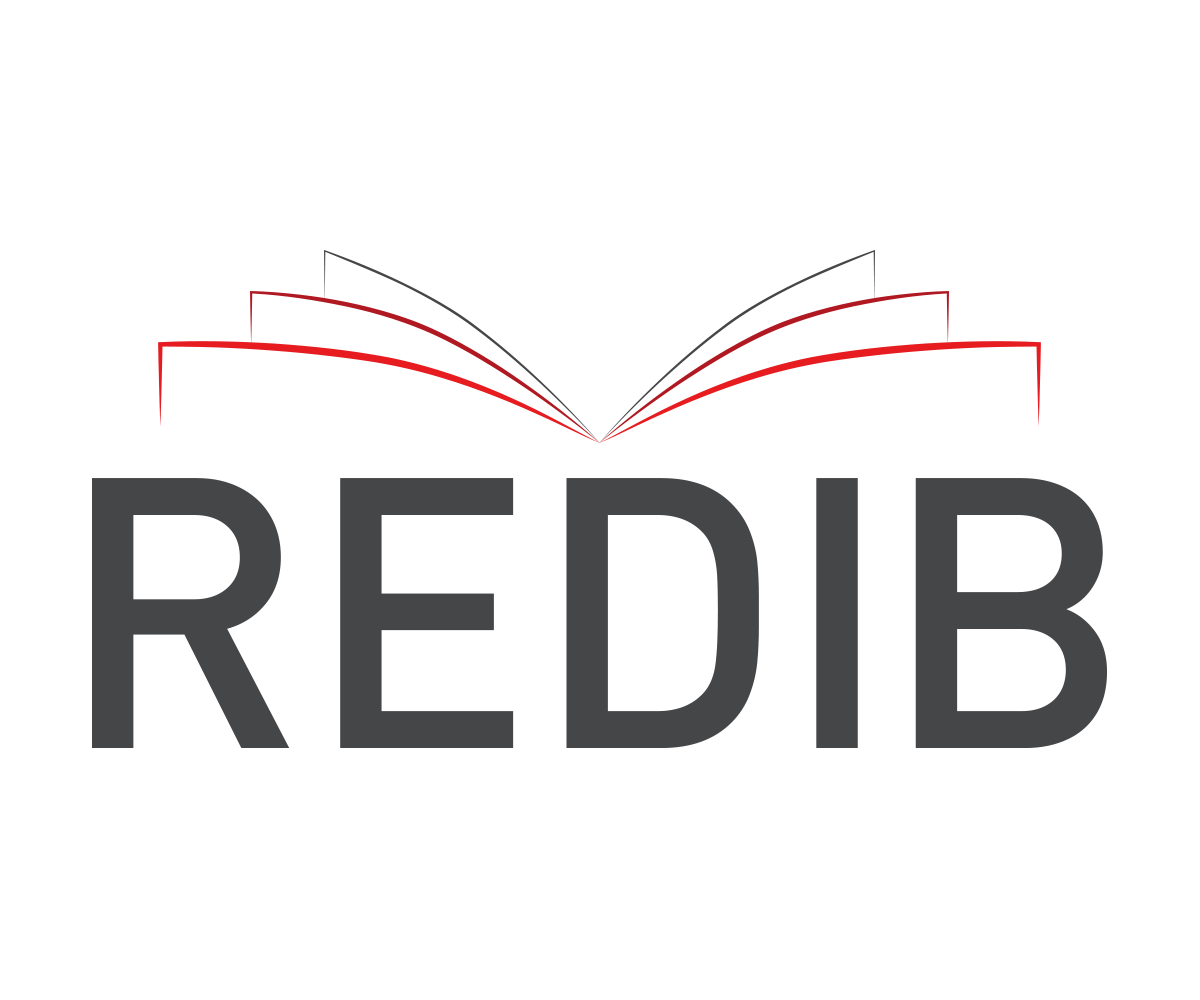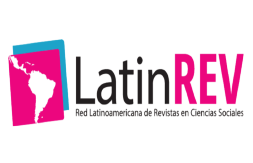HABITS OF CONSUMPTION OF CARBONATED DRINKS, IN THE POPULATION OF YOUNG ADULTS IN THE CITY OF HERMOSILLO, SONORA, MEXICO
DOI:
https://doi.org/10.36791/tcg.v0i3.43Keywords:
Consumption, Carbonated drinks, Intention of consumption habitsAbstract
The present study aims to develop a model of belief that influences the purchase intent of the carbonated drinks, of the population with a socioeconomic level C, C + from Hermosillo Sonora and statistical to define what are the quality attributes (intrinsic and extrinsic). The design of the methodology of this research was carried out in two performances: 1) qualitative, which is divided into two parts, depth interviews and group sessions; and (2) quantitative, applied a questionnaire structured for data collection and working hypotheses were contrasted using statistical models of structural equations. The results demonstrate that extrinsic attributes are an important factor in the consumption of carbonated drinks.
Downloads
References
Marie Reid Richard Hammersley, (1998),"The effects of blind substitution of aspartame-sweetened for sugarsweetened soft drinks on appetite and mood", British Food Journal, Vol. 100 Iss 5 pp. 254 – 259.
Leo Paul Dana Claudio Vignali, (1999),"Lublin CocaCola Bottlers Ltd", British Food Journal, Vol. 101 Iss 5/6 pp. 447 – 455.
David Yoon Kin Tong Xue Fa Tong Evon Yin, (2012),"Young consumers' views of infused soft drinks innovation", Young Consumers, Vol. 13 Iss 4 pp. 392 – 406.
Leo Paul Dana, (1999),"S. David Soda Water Factory", British Food Journal, Vol. 101 Iss 5/6 pp. 456 – 462.
Dilber Ulas H. Bader Arslan, (2006),"An empirical investigation of Turkish cola market", British Food Journal, Vol. 108 Iss 3 pp. 156 – 168
Hair, J.F. Jr., Anderson, R.E., Tatham, R.L. y Black, W.C. (1999). Análisis Multivariante. (5ª ed.). Madrid, España: Prentice Hall.
Sánchez, M.J., y Roldán, J.L. (2005). “Web acceptance and usage model. A comparison between goal-directed and experiential web users”, Internet Research, Vol. 15, No.1, pp. 21-48.
Marie Reid Richard Hammersley, (1998),"The effects of blind substitution of aspartame-sweetened for sugarsweetened soft drinks on appetite and mood", British Food Journal, Vol. 100 Iss 5 pp. 254 – 259.
Stephanie M. Spiers, Chair, (2006), “Milk For Schools”, Nutrition & Food Science, Vol. 36 Iss: 3. Pp. 135-147.
Ringle, C.M., Wende, S., y Will, A. (2005). SmartPLS 2.0 (M3), Hamburg: http://www.smartpls.de
Fornell, C., y Larcker, D.F. (1981). “Evaluating structural equation models with unobservable variables and measurement error”, Journal of Marketing Research, Vol. 18, No. 1, pp. 39-50.
Chin, W.W. (1998). “The Partial Least Squares approach to Structural Equation Modelling”, En Marcoulides G.A. (Ed.). Modern Methods for Business Research. Mahwah, NJ: Lawrence Erlbaum Associates, Publisher.
Bollen, K. (1989). Structural Equation with Latent Variables, New York, USA: Wiley
Tenenhaus, M. (2008). Structural Equation Modelling for small samples. Working paper No 885, HEC Paris, Jouy-en- Josas.
Downloads
Published
How to Cite
Issue
Section
License
Copyright (c) 2020 Ana Isabel Tiznado Palacio, Lourdes Patricia León López, Joel Enrique Espejel Blanco

This work is licensed under a Creative Commons Attribution-NonCommercial-NoDerivatives 4.0 International License.
La Revista Trascender, Contabilidad y Gestión se compromete a asegurar la confidencialidad y privacidad dela información personal que se capture en éste sistema de conformidad con los lienamientos editoriales de la Universidad de Sonora
La información será utilizada únicamente para fines editoriales, académicos y de investigación, notificándose de forma directa al usuario registrado en el sistema, con el alcance que el usuario establezca al momento de su registro.

























